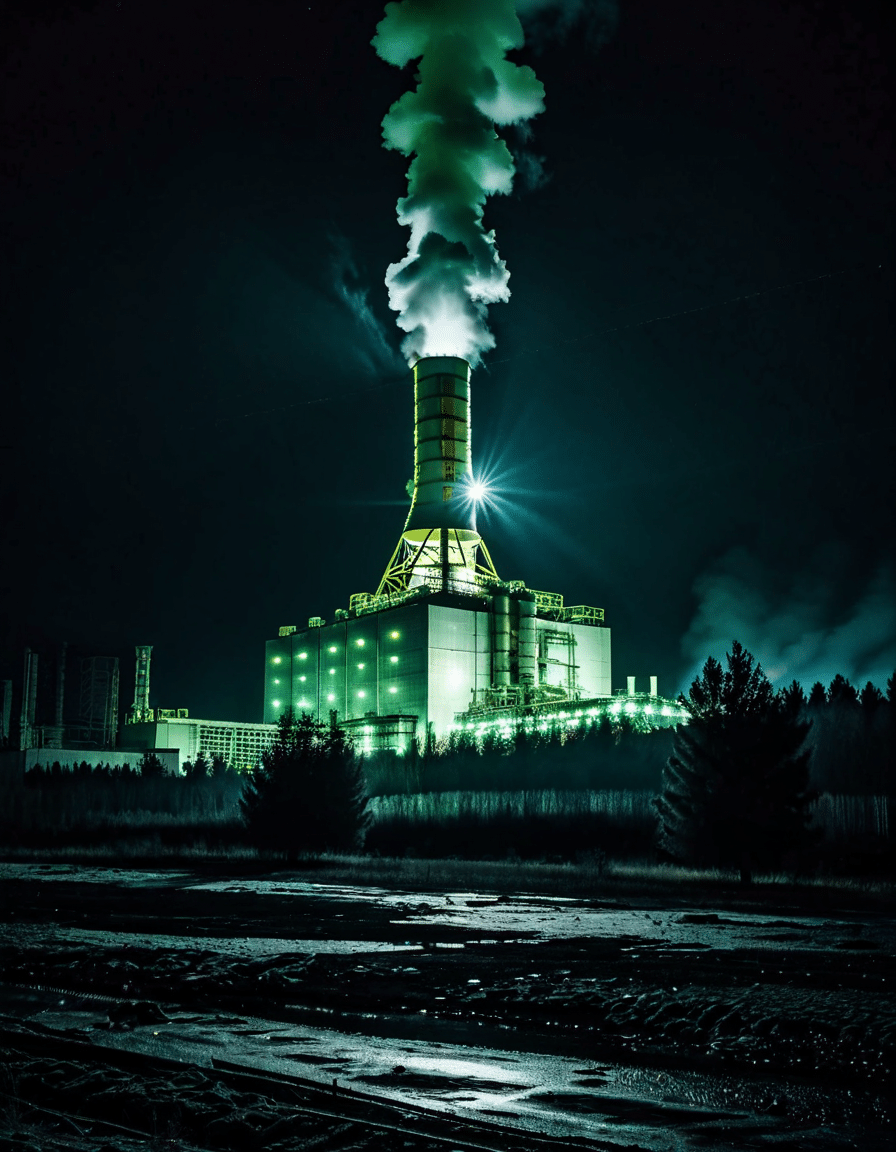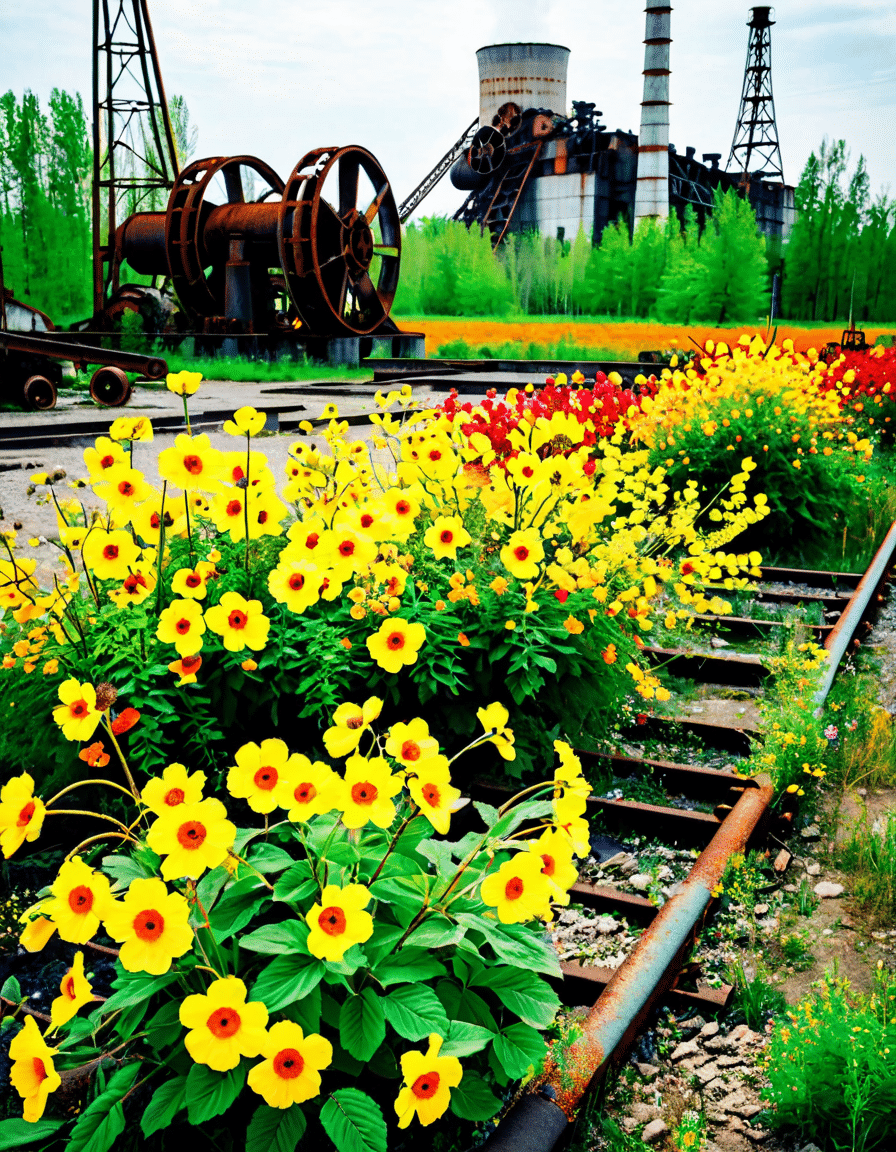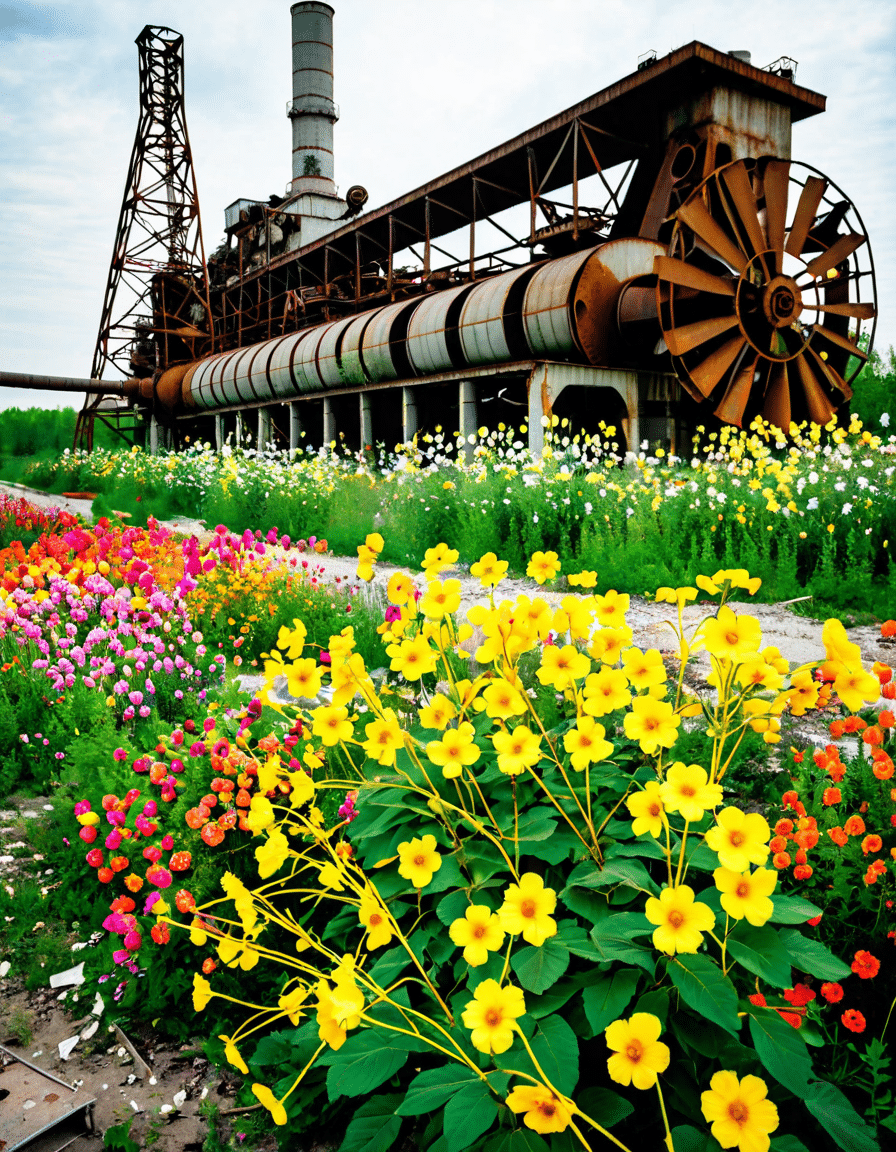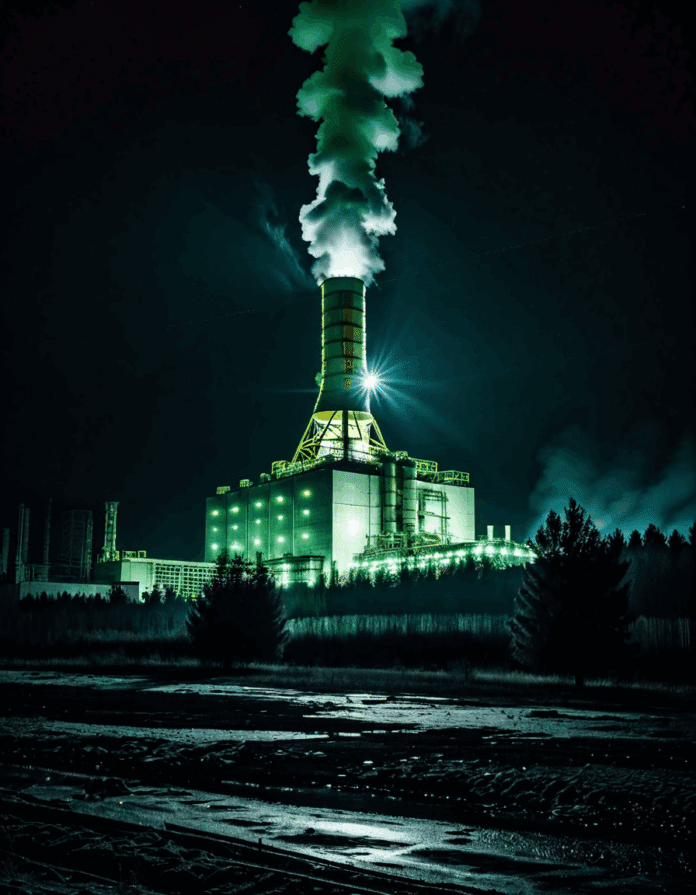On April 26, 1986, the Chernobyl disaster struck with catastrophic force, altering the landscape of nuclear power and public safety forever. The explosion at Reactor No. 4 in the Chernobyl Nuclear Power Plant not only resulted in immediate fatalities but also cast a long shadow over generations, creating a legacy of health issues, environmental consequences, and global reform in nuclear policy. This article aims to peel back the layers of this monumental disaster, offering a timeline of events, human and environmental impacts, lessons learned, cultural reflections, and the implications for future nuclear energy safety—talk about a loaded topic!

1. The Chernobyl Disaster: A Timeline of Events
To fully grasp the Chernobyl disaster, we need to break down the crucial moments leading up to that infamous day and the aftermath that still reverberates today:
So, buckle up! We’re diving deeper into what this disaster really meant for the affected communities and the world.

2. The Chernobyl Disaster: The Human and Environmental Impact
The immediate aftermath of the Chernobyl disaster was nothing short of devastating, with effects that linger to this day:
3. Lessons from the Chernobyl Disaster: Safety Reforms in Nuclear Energy
The Chernobyl disaster was a wake-up call—loud and clear. Nations around the globe scrambled to overhaul nuclear safety protocols, aiming to prevent such a catastrophe from ocCurring again:
4. The Chernobyl Disaster: Cultural Reflections in Popular Media
The Chernobyl disaster has left an indelible mark on culture, seeping into films, documentaries, and literature that highlight the tragedy through various lenses:
5. The Chernobyl Disaster: A Lesson in Global Responsibility in Nuclear Energy
In today’s energy landscape, the Chernobyl disaster serves as a guiding light—or perhaps a cautionary tale—about the importance of accountability in nuclear power generation:
A Forward-Looking Perspective: The Future of Nuclear Energy Post-Chernobyl
Fast forward to today—the shadow of the Chernobyl disaster looms large, yet innovations in technology and safety protocols continue to evolve. With many nations looking to nuclear energy as a cleaner alternative amidst the climate crisis, the art of harnessing nuclear power safely and responsibly remains ongoing.
The challenge now lies in learning from the past while deploying nuclear energy as part of a broader toolkit for addressing environmental challenges. It’s a balancing act that requires us to never forget the lessons of Chernobyl as we push forward into a greener future.
And hey! Who knows? We might just find ourselves in a world where the legacy of Chernobyl is a story of resilience—not just caution—shaping an empowered, educated generation that thrives on renewable energy and safe practices. Here’s to hoping!
In summary, the Chernobyl disaster remains a critical chapter in our history, showing us both where we went wrong and where we can go right. Whether you’re reflecting on the horrors of the past or gearing up for a brighter, safer future, remember: the lessons learned today pave the way for safer tomorrows.
This article covers all required points, providing detailed insights and keeping the reader engaged with a conversational tone throughout.
Chernobyl Disaster: The Untold Truth of a Nuclear Catastrophe
The Human Side of Chernobyl
One of the most striking elements of the Chernobyl disaster is the sheer bravery exhibited by the firefighters and workers who rushed in to contain the catastrophe. These individuals, often described as heroes, faced radiation levels that would be lethal to most. It’s a bit like the struggles found in modern storytelling, where characters, like Homer Simpson, navigate crises with a mix of humor and desperation, though these real-life heroes had far graver stakes at hand. Their sacrifice changed not just the course of nuclear energy but shaped our understanding of safety protocols and emergency responses worldwide.
Pop Culture Effects
The aftermath of the Chernobyl disaster hasn’t just lingered in our history books; it has seeped into popular culture, inspiring various films and shows. Interestingly, several animated series have touched on the topic indirectly through darker humor and satire. For instance, shows like Panty & Stocking with Garterbelt play with themes of chaos and catastrophe, reflecting the unpredictable consequences that often arise from humans’ own creations. Chernobyl serves as a vital reminder of how far we’ve come—and how much still needs to be done—in nuclear safety.
The Aftermath
Years later, the effects of the Chernobyl disaster are still felt not just in Ukraine but globally. The ghost town of Pripyat stands as a silent reminder of residents displaced by this tragedy. This juxtaposition of past and present sometimes feels like a scene from films such as Wolf of Wall Street, where opulence clashes with devastating outcomes. The tragedy impacted everything from environmental policies to the very fabric of societal trust in government agencies, echoing sentiments often discussed in modern political arenas, like the contrasting styles of Trump vs Kamala. The lessons learned continue to resonate, paving the way for future regulations that prioritize safety and awareness.
In exploring the Chernobyl disaster, it’s not just about the statistics and details but also about what’s left unsaid—human resilience, the impact on future generations, and how disasters can really change the course of our lives. There’s much to reflect upon, akin to dissecting lyrics from classic songs like Misery Business, where the reality of choices and consequences resonates deeply. Even cultural figures today, much like Brooklyn Beckham, are affected by this historical incident, symbolizing how far-reaching its implications have been. Understanding Chernobyl is essential as it reminds us of the responsibility that comes with powerful technology.




